Outside of two Big Macs and a couple of Filet-O-Fish, there may be nothing President Donald Trump loves more than signing an executive order.
In his first term as president, Trump signed a total of 220 executive orders, though some of them were revoked by his successor, Joe Biden. (Naturally, Trump returned the favor when he was back in office, rescinding over a dozen Biden-era executive orders, including one that had raised the minimum wage for federal workers.)
Has there ever been a president more executive order-happy? We asked Andrew Rudalevige, a professor of government at Bowdoin College and senior fellow at the Miller Center at the University of Virginia.
“Trump’s 2025 executive order count will wind up being very high by recent standards. Previously, Franklin D. Roosevelt had the record for most executive orders ― 99 ― in his first hundred days,” Rudalevige said.
Historically, a lot of executive orders are focused on pretty mundane or logistical affairs: notices that government agencies will observe a holiday on a certain calendar day, for instance, or an executive order banning smoking in federal buildings. (President Bill Clinton signed that one in 1997.)
But they also can have major consequences for everyday Americans; as the ACLU notes, some of the federal government’s worst actions have come via executive order. FDR, for example, used an executive order to force the relocation and internment of Japanese Americans to concentration camps during World War II.
Every single president from George Washington onward has issued executive orders, but their use has actually gone down in recent presidencies, according to Rudalevige.
“That’s partly because there are other means of unilateralism a president can use now, but also partly because things that used to require executive orders like land transfers or civil service matters are now delegated elsewhere,” he said.
Clearly, Trump is still very much in his “issue-as-many-executive-orders-as-possible” era, though. (As Rudalevige put it, “President Trump loves signing executive orders because he loves ordering.”)
And those who’ve been impacted by Trump’s flurry of EOs ― the thousands of federal employees let go from their jobs, immigrants separated from their families and sent to detention centers ― know these orders can have serious impact, endangering people’s lives and livelihoods.
But there’s still a lot of confusion about executive orders ― and rightly so. What is an executive order, and how do they differ from a law? When is a president actually able to carry out policy plans outlined in executive orders? Can an order be stopped, and if so, by whom?
We asked legal and government experts like Rudalevige to answer all these questions and more.
What exactly is an executive order?
Article II of the Constitution vests the president with executive power over all executive branch officials, aka the president gets to tell officials in departments like the Treasury and Defense and in regulatory agencies like the Environmental Protection Agency and the Food and Drug Administration how to do their jobs. (Or not do their jobs, in the case of the federal workers who’ve been impacted by DOGE cuts.)
The Constitution says that the president has an obligation to ensure that the laws are “faithfully executed.” To that end, an executive order (EO) is a written directive, signed by the president (in Trump’s case, in big Sharpie pen script), instructing government officials on how to implement or enforce statutory law. While the president cannot write a new statute with an EO, he can tell federal agencies how to implement an existing statute.
Consolidated News Pictures via Getty Images
But here’s the thing: An executive order is only valid if it draws on authority granted to the president by the Constitution or by a law, Rudalevige explained.
“Now, there are plenty of laws on the books, and presidents have made a habit of scouring old laws in hopes they can give them new meaning,” he told HuffPost.
The Trump administration is pretty loosey-goosey with its interpretation of the law and finding new meaning. “When President Trump decrees a certain scientific definition of gender or interpretation of the Civil Rights Act, that is simply his interpretation — it’s not binding on the courts, who ultimately decide the meaning of the laws in question,” Rudalevige said.
When an executive order doesn’t have legal basis either in laws or in the Constitution, that’s when it gets challenged in the courts: A number of federal judges have slowed Trump’s sweeping agenda, at least for now: For example, last month, a judge in California ordered the rehiring of thousands of federal workers let go in mass firings across several agencies. (The Trump administration is currently fighting back, asking the Supreme Court to halt the judge’s order.)
“An executive order cannot override state law, unless a federal court ultimately finds the president’s interpretation to be correct and the state’s to be wrong,” Rudalevige said.
What’s the difference between an executive order and a law?
Executive orders are laws but only with respect to the executive branch, said Jodi Short, a professor who teaches constitutional law at the University of California College of the Law, San Francisco. They are an internal form of law, she explained, and do not bind private parties outside the government.
“This can be confusing for the general public, because EOs often have significant consequences for the general public,” she said. “If an EO tells an agency to change the way it is implementing statutory law, that change might be felt by members of the public who deal with that agency.”
For instance, last month Trump called for Secretary of Education Linda McMahon to cut staff and move forward with an executive order to dismantle the Education Department and send “education back to the states.”
Congress would need to act to fully eliminate the critical agency, but Trump is still able to stop many of the agency’s key functions, and many parents and students are already feeling the ripple effect of that: Parents of kids with disabilities ― there’s 7.5 million such students in the U.S. ― have been especially vocal about Trump’s plans to do away with the Department of Education because their kids rely on an Individualized Education Program (IEP) to succeed in schools.

China News Service via Getty Images
What roadblocks are there to executive orders?
As we mentioned, federal courts can review executive orders and overturn them if deemed unconstitutional. Congress can also overturn an EO. And as we saw with Biden after Trump’s first term, any future president can issue a new executive order that rescinds or amends a previous executive order.
An administration can achieve policy change relatively quickly with an EO as the Trump White House has, but major, lasting change requires action by Congress.
And at least in principle, the executive branch itself can be a check on legally questionable executive orders, Rudalevige said: Since the 1930s, there’s been a presidential practice, currently codified in a 1962 executive order by President John F. Kennedy (EO 11030), that a draft order should be be approved by the director of the Office of Management and Budget and by the Justice Department.
“OMB has a longstanding practice of ‘central clearance’ that allows a sort of peer review of an EO to make sure it is workable and helps build consensus among the agencies the order impacts,” Rudalevige said. “DOJ checks for ’form and legality.”
Unfortunately, there’s little evidence that the Trump administration is conducting either of these reviews in any systematic way, the professor said.
“It is possible that the central clearance process has prevented even more extreme EOs from seeing the light of day — that happened in Trump’s first term, and frequently in presidential history,” he said. “But certainly the ‘lawyering’ for many of them seems slipshod at best.”

SAUL LOEB via Getty Images
Here’s why Trump’s executive orders are so concerning.
Many of Trump’s executive orders are openly contrary to statutory law, Short said.
“They are not, and do not purport to be, reasonable interpretations consistent with statutory law,” she explained. “Rather, they assert that what the president says is the law. This is flat-out wrong, and it is deeply subversive of our Constitution and rule of law.”
Rudalevige thinks Americans should be worried when the president “isn’t bothered by ordering things that are not within their power to order,” like issuing de facto amendments to the Constitution, or using executive orders to punish specific political opponents (law firms, for instance).
We Don’t Work For Billionaires. We Work For You.
Already contributed? Log in to hide these messages.
“We should also worry when other branches of government, notably Congress, refuse to use their own institutional powers to push back on presidential overreach,” he said. “That is a violation of their own oaths to the Constitution.”
The TL;DR version of all this, according to Rudalevige? “Executive orders are supposed to be used to help presidents carry out their Constitutional duty to faithfully execute the law. To use them to do the opposite is hugely problematic.”

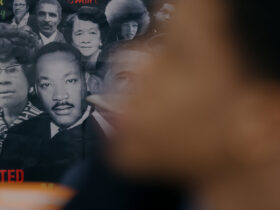
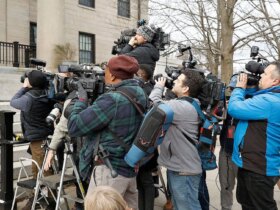



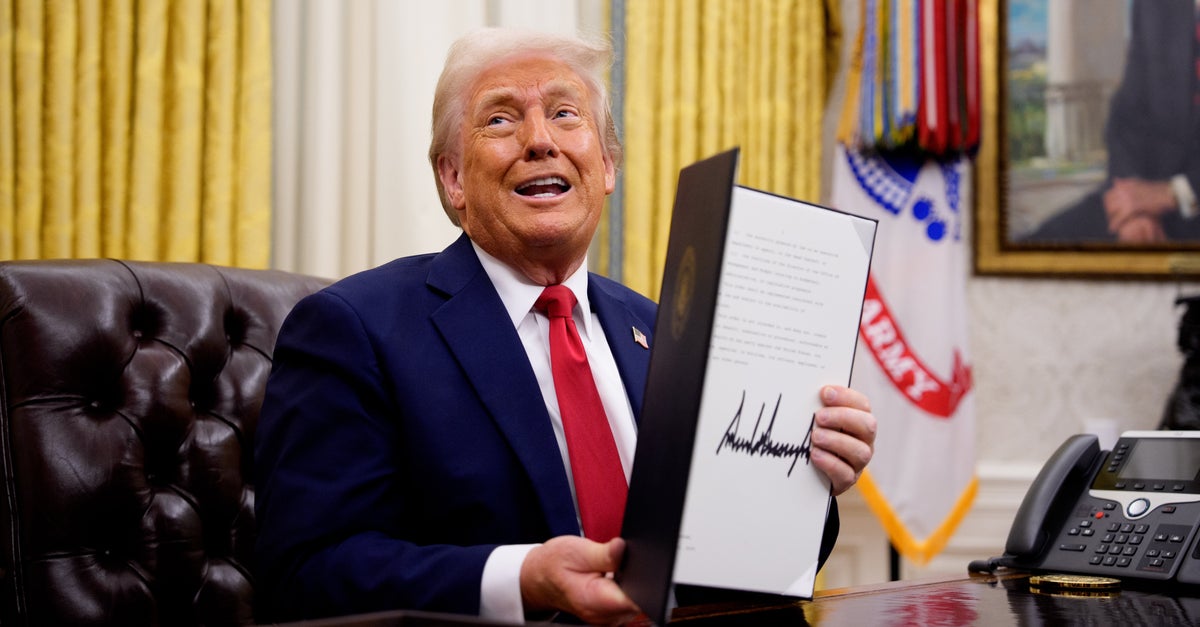


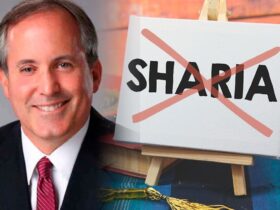
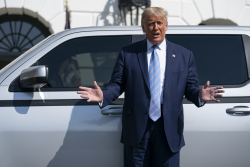


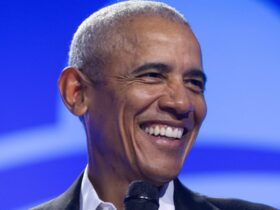
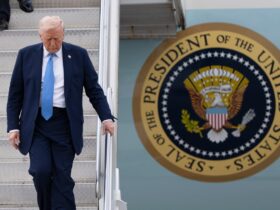

Leave a Reply